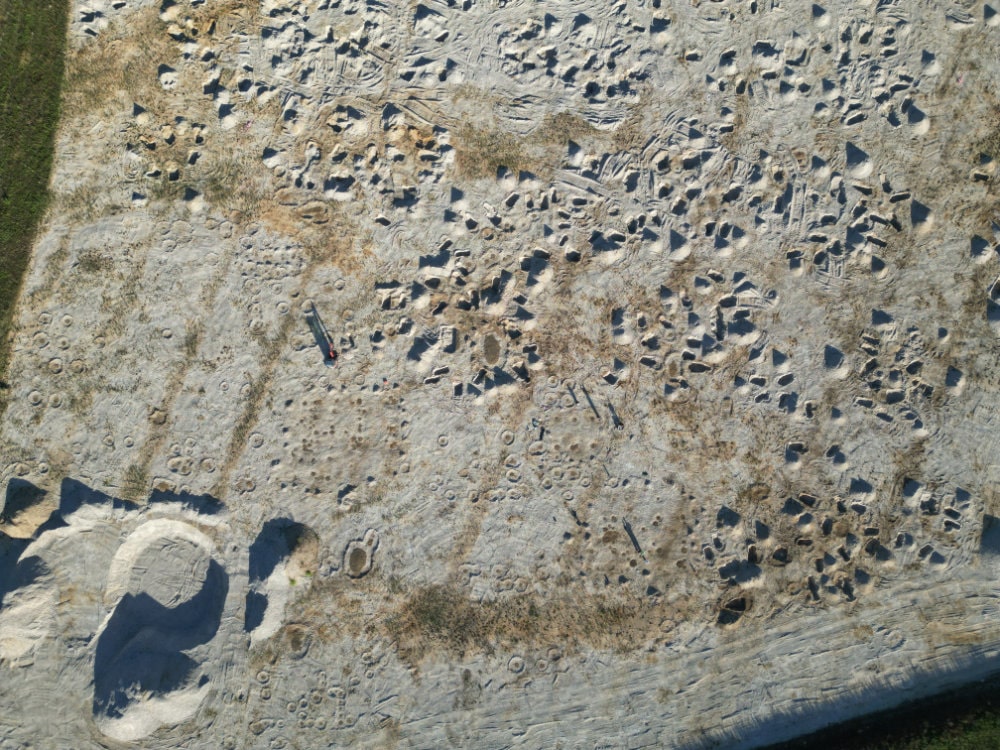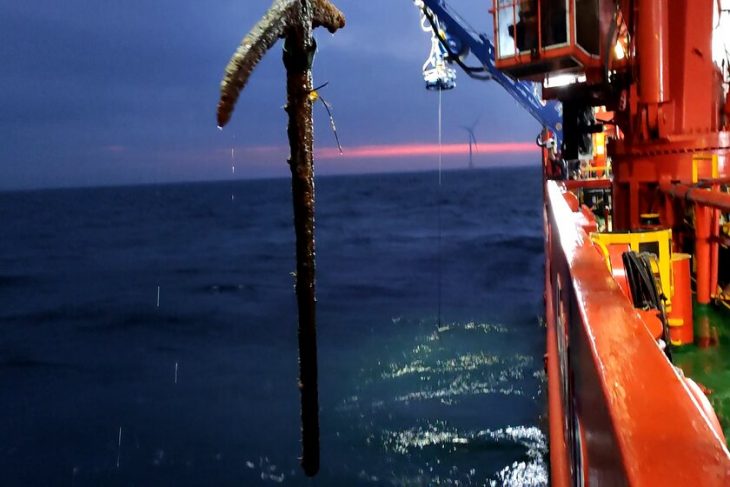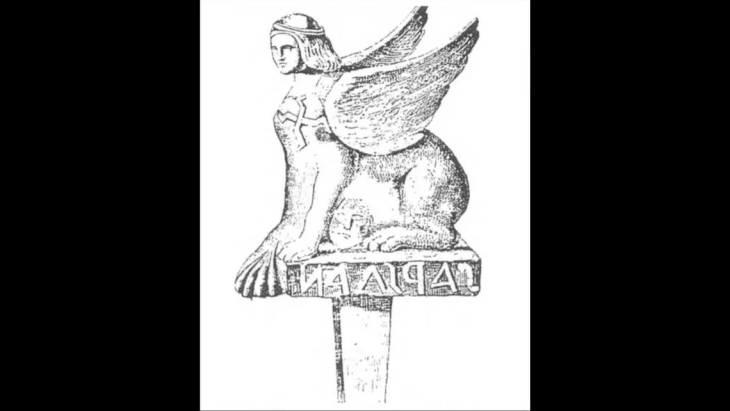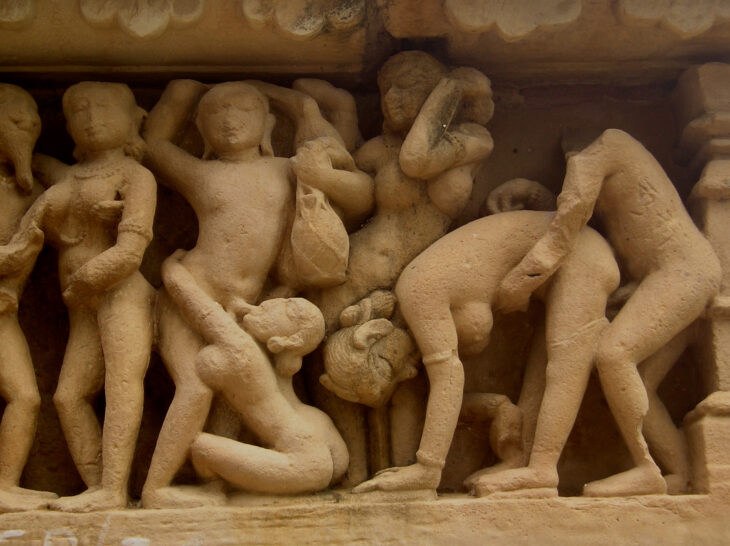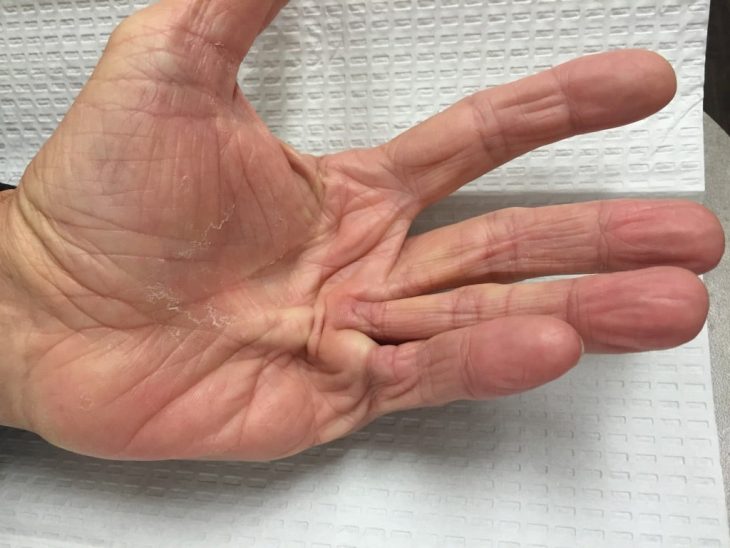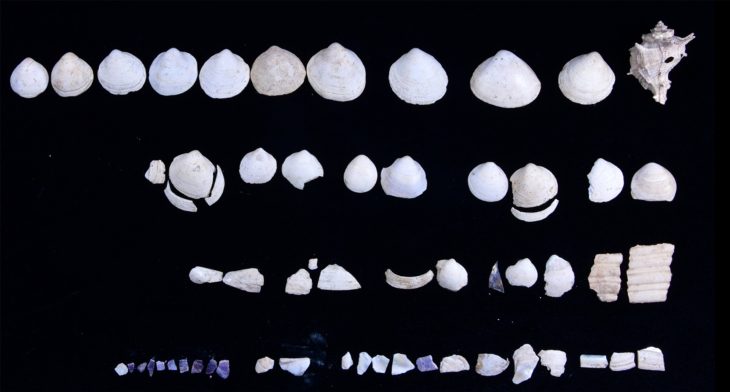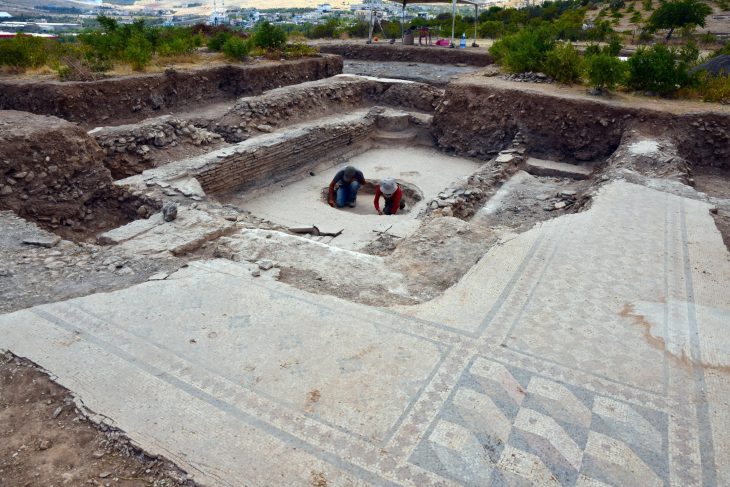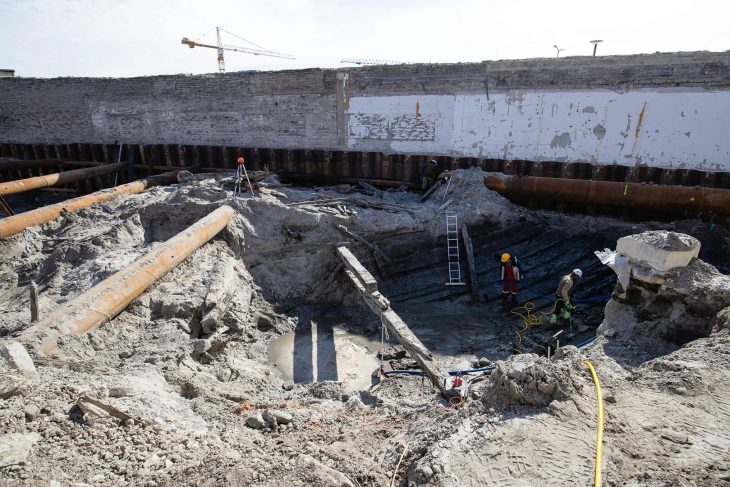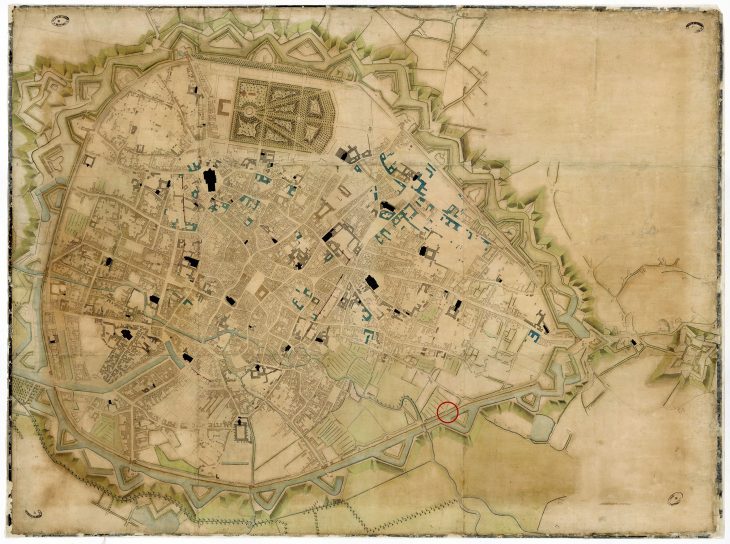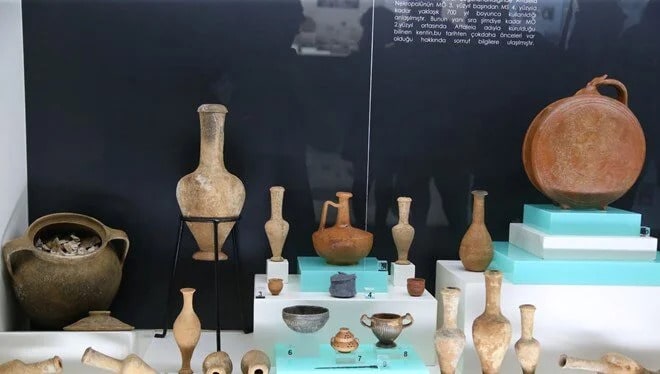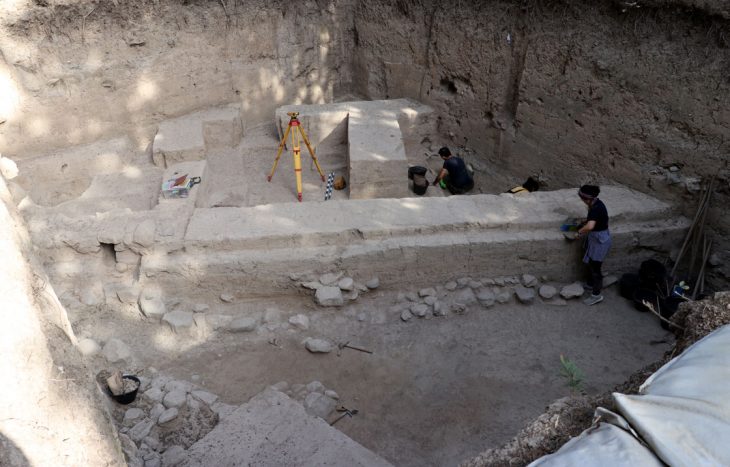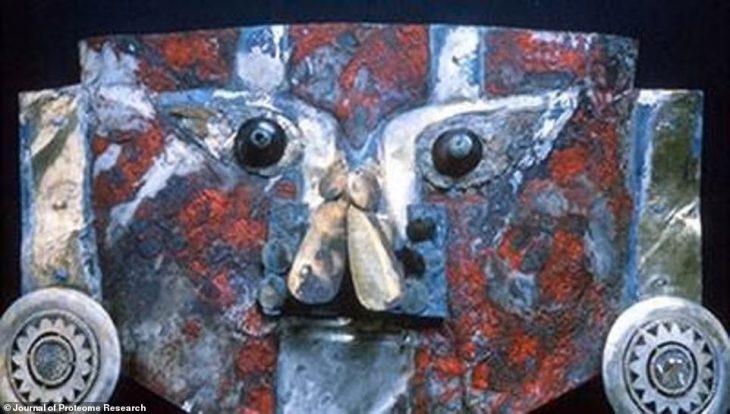Archaeologists have discovered an ancient Celtic village and evidence of a smaller Roman settlement in Munich, Germany.
The 2,300-year-old Celtic village, discovered at a field in the northern suburbs of Munich, is the first entirely coherent Celtic village discovered in the German city-state of Bavaria.
The Celts of the La Tène civilization, who were prosperous in the late Iron Age around 450 BC, lived in the settlement until 1000 AD. The Celtic peoples first inhabited the area that is now Bavaria, but the Romans eventually overcame them and integrated it into their empire.
During an archaeological investigation as part of the development of a new residential area, an above-average number of house plans from former settlements were discovered. These post holes, now visible as circles in the gravel, are the last remains of individual mine houses. They provide impressive evidence that around 500 people lived in today’s Feldmoching district as early as the Iron Age – an enormous number for that time.

Archaeologist and excavation manager Carl Göderz said they rarely can examine such a large construction site in one sitting.
“Munich is and was big. People flocked here 2,000 years ago to settle in what was then the metropolitan region. So far we have only been able to assume that there were large settlements everywhere in today’s Munich urban area. The thorough investigation on the Lerchenauer Feld was able to “However, we have now confirmed this and thus closed a research gap,” says General Conservator Professor Mathias Pfeil from the Bavarian State Office for Monument Preservation (BLfD).
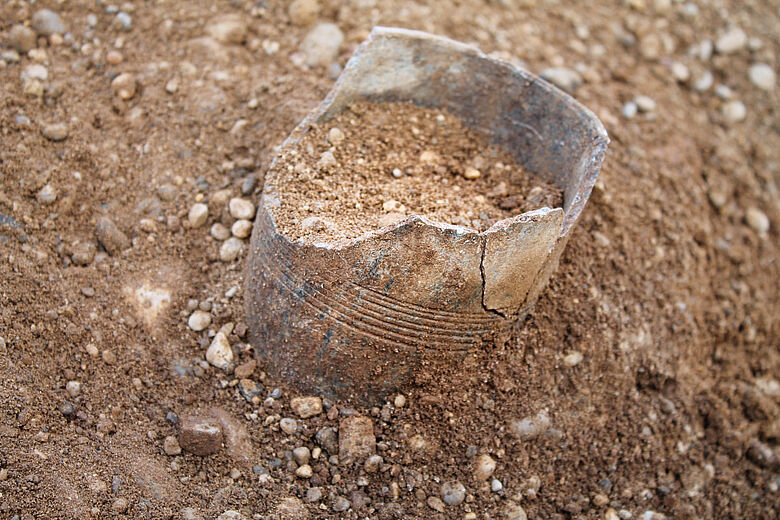
A massive structure measuring 65 by 65 feet stood in the center of the community and was surrounded by wooden arcades that resembled columns. According to Matthias Pfeil, the locals may have gathered there for prayers. It was reportedly a kind of town hall for the people.
The houses were of different sizes and different floor plans can be seen. Traces of historical clay, which is still used as filling material in building houses, suggest that their residents lived in half-timbered wooden houses. The settlement lasted for a long time. The archaeologists uncovered two groups of graves from the late Iron Age (450 to 15 BC) and the Roman Empire (3rd/4th century AD).
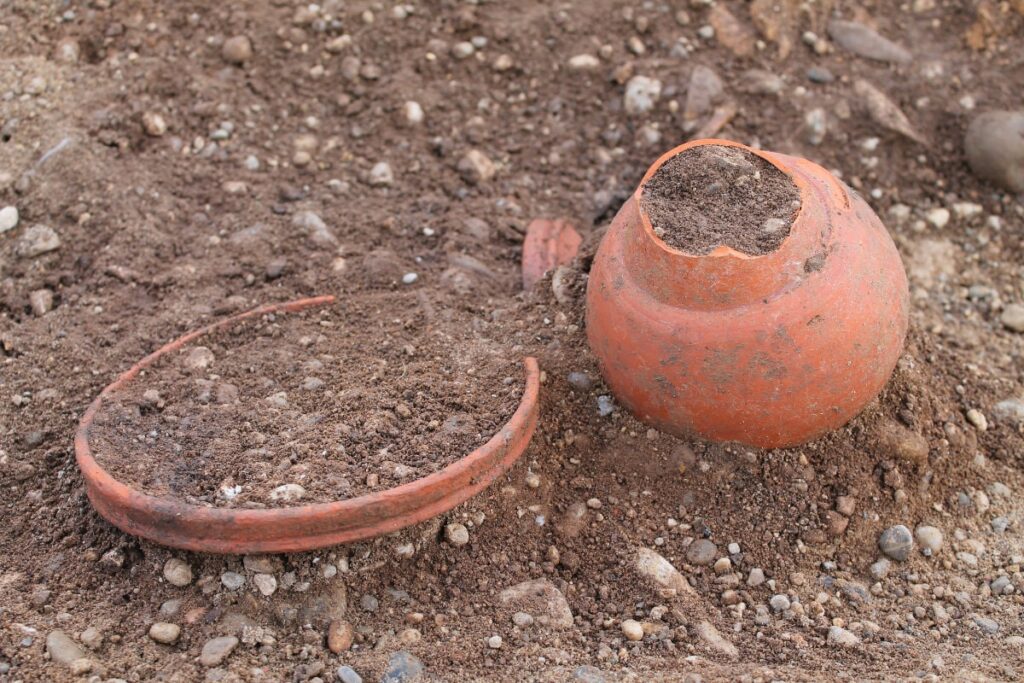
These burial graves prove that the area must have been fertile for centuries and that agriculture was also practiced there. At the feet of a buried person from the late Roman period, pieces of tableware including a plate, an almost intact handle jug, and a drinking cup made of soapstone were found. An unusual find is the blade of a sickle, as tools are rarely found in graves. The burials belong to a scattered Roman settlement from the 3rd and 4th centuries.
Archaeologists also discovered an enamel brooch, ceramics in one of the burials, and a beautifully wrought bronze buckle in one of the wells.
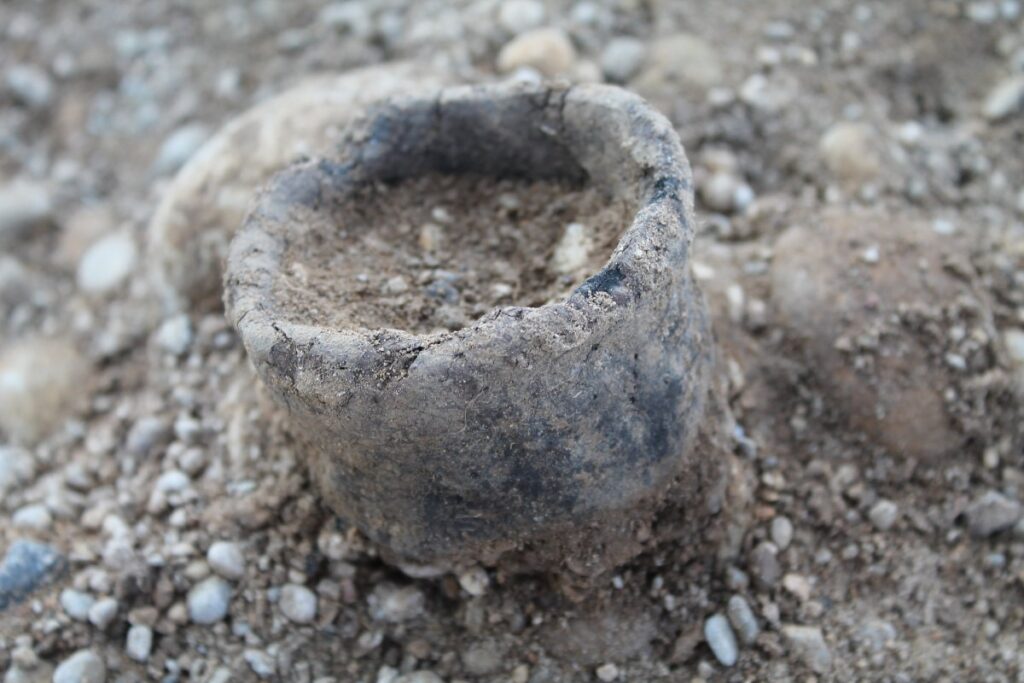
Why at the end of the Roman Empire everyone suddenly left the field and no one built a large settlement there to this day could be related to climate changes in the region. The Feldmoching excavation therefore provides new, important data to various research disciplines.
Cover Photo: The Lerchenauer Feld excavation area. Drone Photo: 3Archaeologists

